- Utility and Industrial Electrical Engineers and Engineering Technicians
- Project Engineers
- Design Engineers
- Field Technicians
- Electrical Technicians
- Electricians
- Plant Operators
- Plant Engineers
- Electrical Supervisors

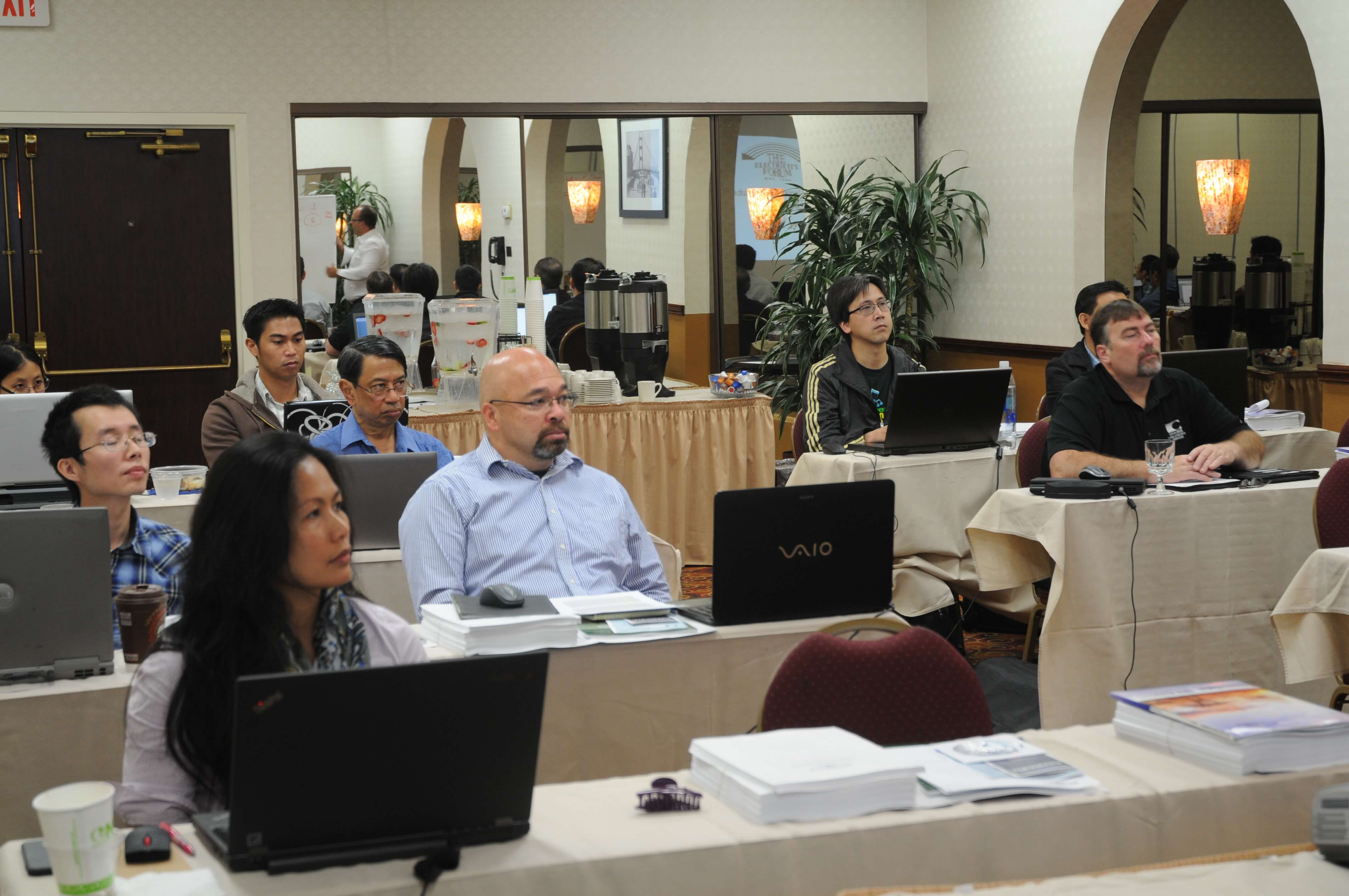

High Voltage Grounding training - This 6-Hour live online instructor-led course teaches students how to design, install and maintain effective high voltage utility and industrial electrical grounding systems.
A properly designed and installed grounding system ensures reliable performance of electrical substations. Fast clearing of faults, made possible by good grounding, improves the overall safety and reliability of an electrical system.
This 6-Hour live online, instructor-led High Voltage Grounding Training course will provide the basic principles of grounding a power supply network to ensure safety of personnel and equipment. Understanding these principles will provide the correct tools to design a grounding system applicable to utility networks and industrial plant distribution. This course covers the basic procedures in working safely on medium and high voltage systems.
This comprehensive course focuses on the latest practices and standards for grounding and bonding in high-voltage systems. Participants will gain a deep understanding of safe grounding methods, conductor sizing, substation grounding design, surge protection, and bonding practices, specifically tailored for utility and industrial applications.
WHAT YOU WILL LEARN:

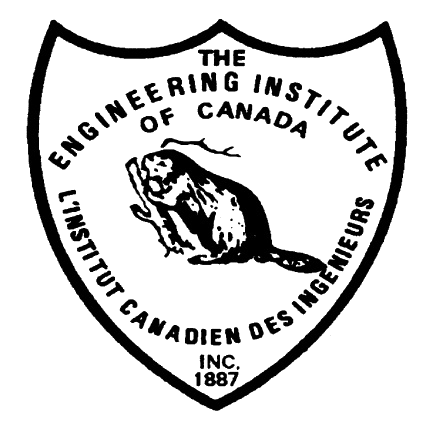
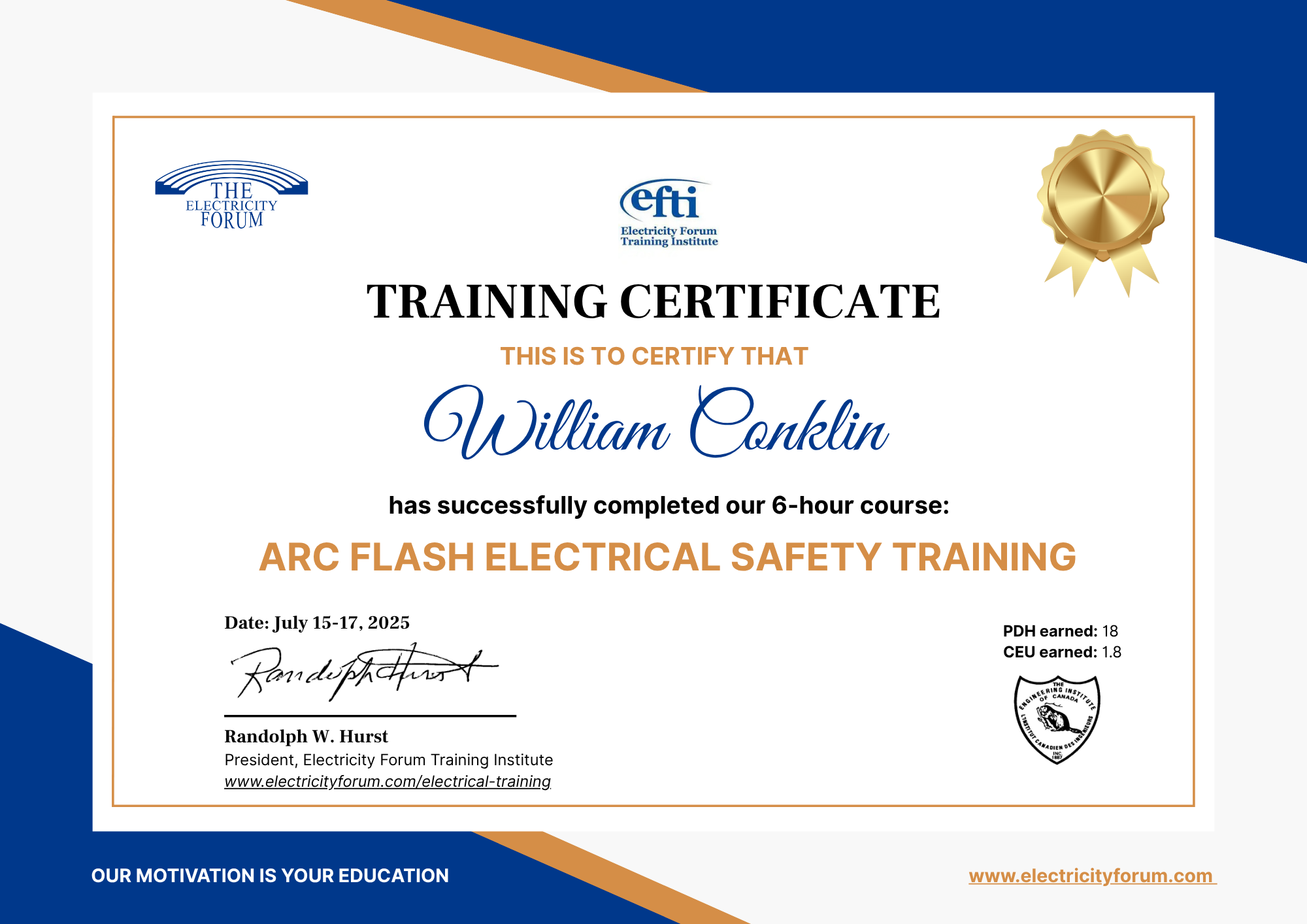
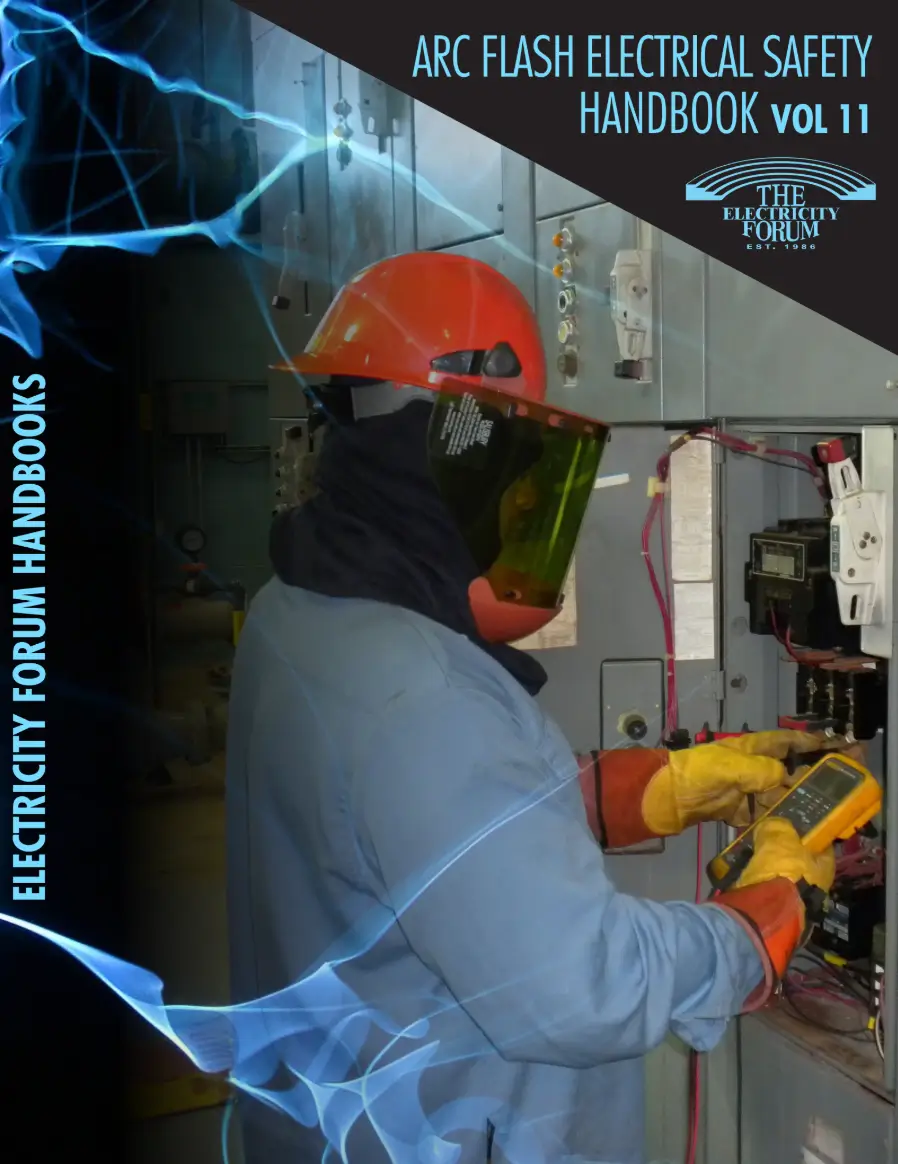
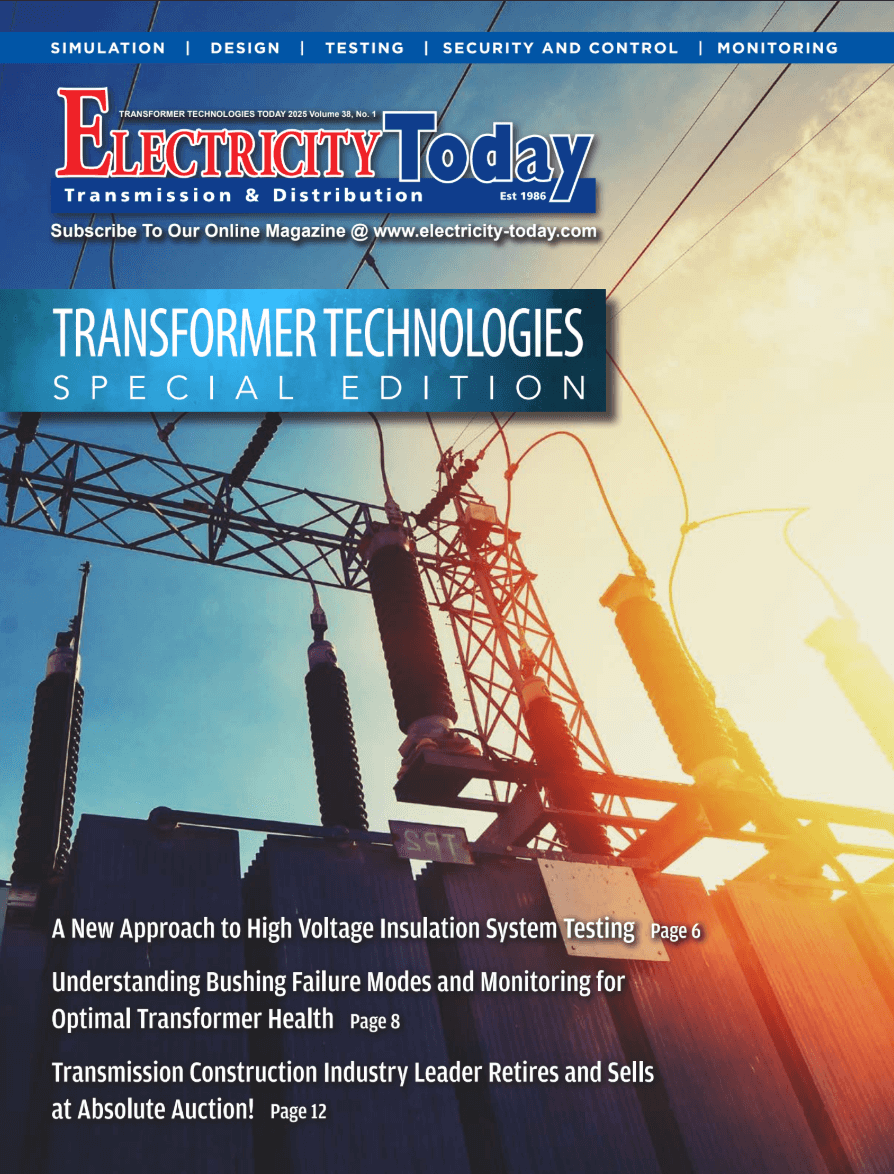

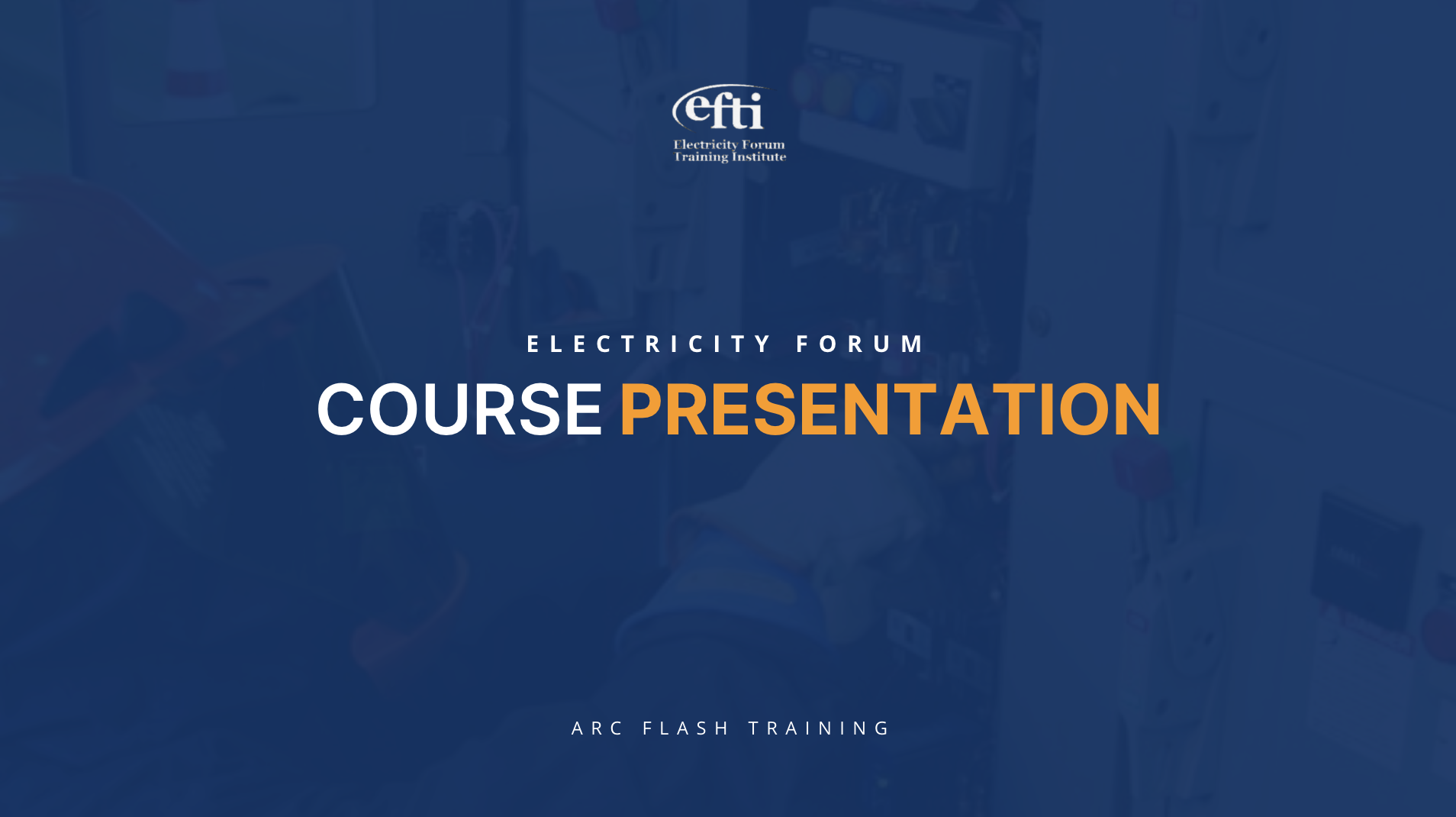
Objective: Introduce the key principles of high-voltage grounding, focusing on personnel safety and system integrity.
Definitions and Interpretations:
Need for Personal Protective Grounding:
Safe Grounding Practices:
Grounding Design Basics:
Ground Fault Current and Fault Clearing Time:
Objective: Explore advanced grounding methods, materials, and techniques used in high-voltage applications.
Grounding Cable Assemblies:
Parallel Grounds and Reactance:
Ground Potential Rise (GPR):
Grounding Clamps and Insulated Power Cable:
Objective: Learn how to design effective grounding grids in substations, with an emphasis on safety and compliance with modern standards.
Determining Maximum Available Fault Current:
Touch and Step Potential:
Exposure Voltage Calculations:
Two-Layer Soil Model and Horizontal Grid Design:
Temporary Grounding:
Objective: Explore protective grounding techniques specifically for switchyards and substations.
Placement of Protective Grounds:
Grounding for Power Circuit Breakers, Transformers, and Bus Systems:
Grounding Insulated High Voltage Cables:
Capacitor Banks and Grounding Reactors:
Objective: Understand the principles of grounding for transmission and distribution lines, including grounding for metal and wood pole structures.
Grounding Metal Transmission Structures:
Slip Joints, Steel Poles, and Overhead Ground Wires:
Wood Pole Transmission Structures:
Vehicle and Surface Equipment Grounding:
Objective: Examine modern technical considerations and standards in high-voltage protective grounding for substations and switchyards.
Substation Grounding Systems and IEEE Standards:
Typical Shock Situations and Dangerous Conditions:
Structure Touch Hazards and Electric Circuits:
De-Energized Equipment Hazards:
COURSE SCHEDULE:
Start: 10 a.m. Eastern Time
Finish: 4:30 p.m. Eastern Time







Fill out the form below with your name and email address.
Check your email for a message with a link to your $50 discount coupon.
Use the coupon code when you sign up for the Advanced Electrical Safety Training course to save $50 off the regular price.

Register 3 delegates at the full price of $249 each and get the 4th registration free! Perfect for companies, safety departments, and teams looking to train multiple employees at once.

Whether you choose live online or in-person instruction, our electrical training can be customized to your needs and delivered to your team at one or multiple locations.
Our instructors will work with you to assess your team's skills and tailor the training to match your requirements.
Complete this handy form and I will send you a FREE written Quotation on any electrical training you need! Or send me an email and I will contact you to discuss your electrical training requirements Today!
Explore 50+ live, expert-led electrical training courses – interactive, flexible, CEU-certified.
Download Catalog
Get detailed information about this course in our comprehensive brochure.
Download Brochure (PDF)Fill out the form below with your name and email address.
Check your email for a message with a link to your $50 discount coupon.
Use the coupon code when you sign up for the Advanced Electrical Safety Training course to save $50 off the regular price.

Register 3 delegates at the full price of $249 each and get the 4th registration free! Perfect for companies, safety departments, and teams looking to train multiple employees at once.
Explore our comprehensive training programs and find the perfect course for your professional development.
